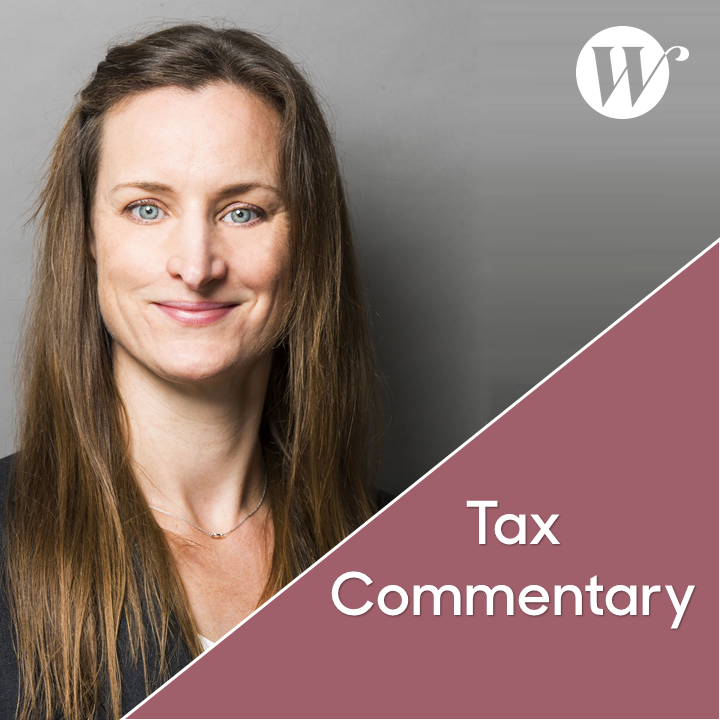This website uses cookies so that we can provide you with the best user experience possible. Cookie information is stored in your browser and performs functions such as recognising you when you return to our website and helping our team to understand which sections of the website you find most interesting and useful.
Friday 23 August 2019
Tax simplification and lifetime gifts: payment of Inheritance Tax and the nil rate band
Commentary by Emily Campbell
In my last piece, I set out the areas of the second report of the Office of Tax Simplification’s Inheritance Tax review (“Simplifying the design of Inheritance Tax”) relating to lifetime gifts. It is the purpose of this piece to consider Chapter 3, which deals with lifetime gifts, the burden of tax and the nil rate band.
The authors of the report describe the chapter as relating to “the relatively unusual situation where the value of relevant lifetime gifts is so high that the applicable nil rate band has been used up on death so there is some Inheritance Tax to pay in respect of lifetime gifts”. At the end of Chapter 3, the OTS recommends that the government should explore options for simplifying and clarifying the rules on liability for the payment of tax on lifetime gifts to individuals and the allocation of the nil rate band.
At present, any tax payable on a failed PET or additional tax paid on a chargeable lifetime transfer within seven years of death is primarily borne by the recipient: see the Inheritance Tax Act 1984, section 199 in conjunction with (especially) section 204(8). Further, the lifetime gifts get the first bite of the nil rate band cherry.
The OTS’s report states that it has heard that the allocation of the nil rate band to lifetime gifts in preference to the death estate, and to the earliest gifts first, is one of the most widely misunderstood aspects of Inheritance Tax, sometimes leading to situations where gift recipients have spent the funds given to them but then find themselves liable for Inheritance Tax. Further, the current system can cause inequalities between gifts recipients.
These, and other negative observations about the status quo received by the OTS, have led it to explore alternative methods for calculating and allocating the liability for Inheritance Tax. Several options are put forward by the OTS for consideration.
The more wide-reaching option is to reform the existing framework. Such a reform might involve:-
- Any Inheritance Tax due in relation to lifetime gifts to individuals being payable by the estate and not the donees; and
- The nil rate band not being allocated in chronological order but being allocated proportionately across the total value of all the lifetime gifts, with any remainder then being available to the death estate.
An alternative is to amend the existing framework in such a way that executors are liable to pay Inheritance Tax relating to lifetime gifts only out of assets they handle, and which are due to be distributed to the gift recipient in question, and if it has not proved possible for HMRC to collect the money directly from the gift recipient.
The suggested changes would only affect estates where the total value of taxable lifetime gifts exceeds the applicable nil rate band.
Whatever changes are effected, it is hoped that the rules on who is primarily liable are made clearer than at present, that a statutory right of indemnity of the type found in other areas of the tax code might be created in favour of a person paying tax who is not primarily liable and that the scope of the formulation of non-statutory restitutionary claims is accordingly reduced (as to which see, for example, Berry v Gaukroger [1903] 2 Ch 116 and an article close to the author’s heart in [1998] PCB 58, entitled “The Burden of Inheritance Tax on Lifetime Transfers”).
In my next piece, I will consider the balance of the OTS’s report, including Chapter 4, which deals with the interaction between Inheritance Tax and Capital Gains Tax. Watch this space …
To download this article, please click here.
Read Emily’s previous commentary in this short series here.
For more information on our Tax practice, please click here.

